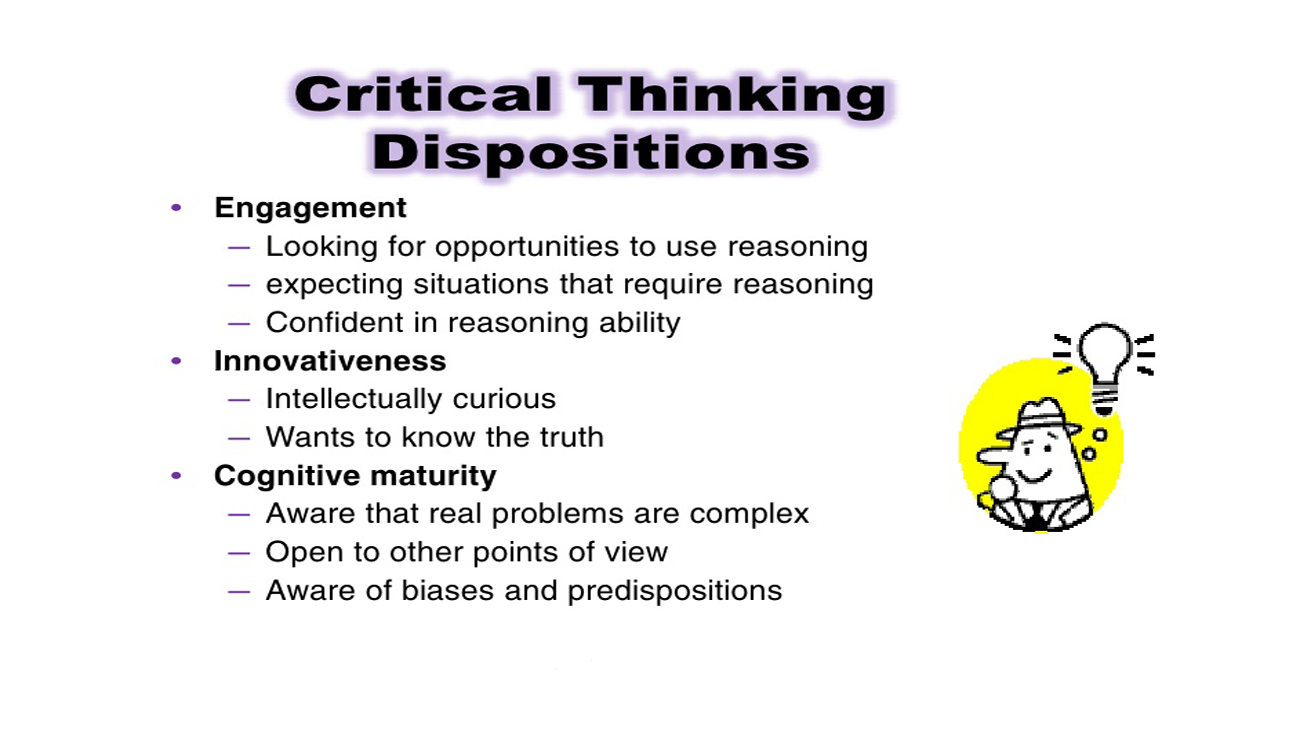
Effectiveness of Cooperative Learning on Critical Thinking Dispositions of Secondary School Students
Abstract:
The objective of the present paper was to study the effectiveness of cooperative Learning (Jigsaw strategy) on critical thinking Dispositions of secondary school students. total 116 students of class 9th studying in a school affiliated to P.S.E.B were taken as sample. Data was collected by using critical thinking in everyday Life developed by Mincemoyer, Perkins, Munyua (2001) which was revalidated on Indian population by Malhan (2011). By employing 2×2 factorial design of ANCOVA results showed that students taught through cooperative learning strategy (Jigsaw) (Mean=27.12, N=57) achieved significantly higher critical thinking Dispositions as compared to traditional method of teaching (Mean=22.39, N=59). Critical Thinking Dispositions was found to be independent of interaction between treatment and gender.
Author(s):
DOI:
Keywords:
References:
Aggarwal, R. & Nagar, N., (2011). cooperative learning. Delhi: Kalpaz Publications.
Aronson, E. & Pantone, S. (2011) cooperation in the classroom: the Jigsaw Method. London: Pinter and Marten ltd.
Aronson, E. (2000-2013) Jigsaw classroom: Overview of the technique retrieved from http://www.jigsaw.org/overview.html
Dasan, A. S. (2007). Learning together: Social goals of Cooperative Learning. university News – a Weekly Journal of Higher Education, Vol – 45, No – 40, October (1-7), 2007
Deutsch, M. (1949). a theory of cooperation and competition. human relations, 2, 129-152. http://dx.doi.org/10.1177/001872674900200204
Ennis, r. h. (1987). a taxonomy of critical thinking dispositions and abilities. In reed, J.h. (1998). achievement in primary source document analysis and interpretation, argumentative reasoning, critical thinking dispositions, and history content In a community college history course. retrieved on November 18, 2011, from:www.criticalthinking.org/resources
Facione, P. A. (1990). The California critical thinking skills test: college level. technical report. california: Santa Clara University. retrieved on November 07, 2011 from citeseerx.ist.psu.edu/viewdoc/download?doi=10.1.1.131.8583.pdf
Johnson, D. W., & Johnson, R. T. (1989). cooperation and competition: theory and research. Edina, Minn: Interaction Book Co.
Johnson, D., Johnson, R. & Holubec, E. (1998). cooperation in the classroom. Boston: Allyn and Bacon. http://dx.doi.org/10.1177/0010836798033003005
Johnson, D. W. & Johnson r.t., & Stanne, M. B. (2000). cooperative learning methods: a Meta-analysis retrieved from http:/www.clcrc.com/pages/cl-methods.html
Kagan, S. (1994). cooperative Learning. San Clemente, California: Kagan Publishing.
Malhan, A. (2011). Effect of hybrid instructional model in a cooperative learning situation on life skills of secondary students in relation to learning approaches. an unpublished PhD thesis in Panjab University Chandigarh
Maitland, L., Latourelle, S., Valenti, J. & Bookman, B. Jigsaw. (2001). retrieved from http://www.dde.Edu/~flccjigsaw.html
Mincemoyer, c., Perkins, D. F., & Munyua, c. (2001). critical thinking in Everyday Life. retrieved on July 11, 2009, from http://cyfernetsearch.org/sites/default/files/PsychometricsFiles/critical%20thinking%20in%20Everyday%20Life(12-18%20yrs)_0.pdf
NcF (2005). National Curriculum Framework. retrieved from http://www.ncert.nic.in/rightside/links/pdf/framework/english/nf2005.pdf
Slavin, R.E.(1991). Synthesis of research on cooperative learning. Educational leadership 48, 71-82.
Slavin, R. E. (1994). using Student team Learning (4th ed.). Baltimore: John Hopkins University. as reported in Slavin, r. E. (1995). Educational Psychology: Theory and Practice. Boston: Allyn and Bacon.
Slavin, R. E. (1995). Educational Psychology: Theory and Practice. Boston: Allyn and Bacon.
Slavin, R. E. (2011). Instruction Based on Cooperative Learning. In r. E. Mayer & P. A. Alexander (Eds.), Handbook of research on Learning and Instruction (pp. 344-360). New York: Taylor & Francis. In www.sciedu.ca/ijhe International Journal of Higher Education Vol. 1, No. 2; 2012 Published by Sciedu Press 10 ISSN 1927-6044 E-ISSN 1927-6052
Stevens, R. J. (2004). Why do educational innovations come and go? What do we know? What can we do? teaching and Teacher Education, 20, 389-396. http://dx.doi.org/10.1016/j.tate.2004.02.011
Turk, D., Brine, H., & Kanev, K. (2006). Print-Based Digital content Interfaces for Social reading activities. Journal, IEEE Computer Society. in the activity Model and components to Support Collaborative Learning using JIgSaW technique on computer Online System. retrieved from http://ejournals.swu.ac.th/index.php/ictl/article/viewFile/352/347

